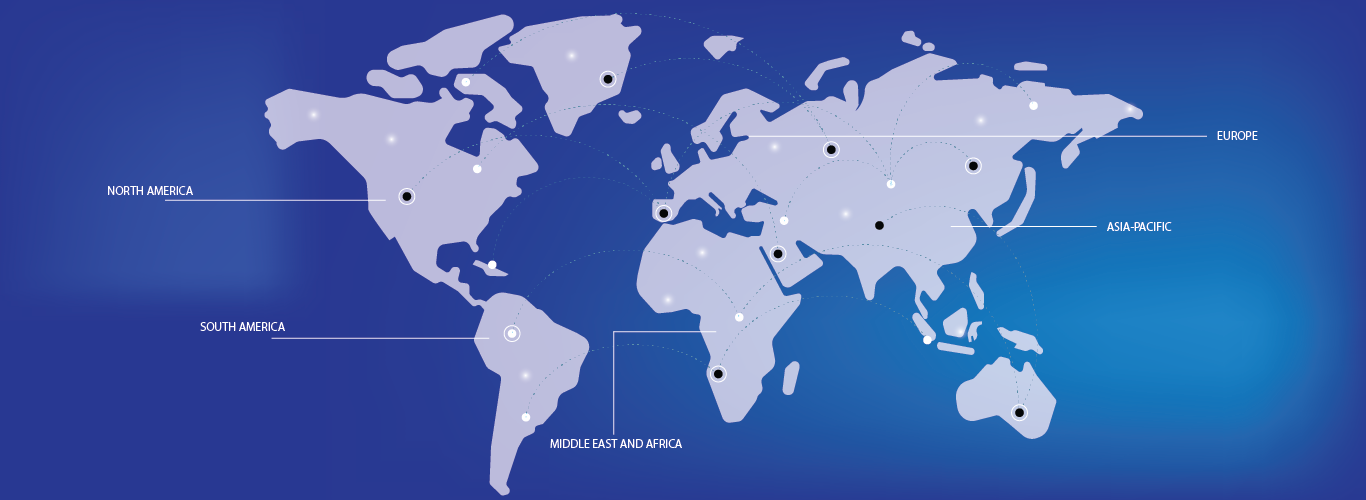- Urology devices are essential tools used in the diagnosis and treatment of urinary tract diseases and conditions such as urinary incontinence, kidney stones, and prostate disorders These devices include endoscopes, lasers, dialysis equipment, and urinary catheters
- The demand for urology devices is significantly driven by the rising geriatric population, increasing incidence of urological disorders, and growing preference for minimally invasive procedures
- North America is expected to dominate the urology devices market with a market share of 34.5%, due to advanced healthcare infrastructure, high adoption of cutting-edge medical technologies, and a strong presence of leading market players
- Asia-Pacific is expected to be the fastest growing region in the urology devices market with a market share of 26.5%, during the forecast period due to rapid advancements in healthcare infrastructure, rising awareness about urological health, and increasing volumes of urological surgeries
- Kidney Diseases segment is expected to dominate the market with a market share of 37.5% due to its high global prevalence, especially chronic kidney disease (CKD) and end-stage renal disease (ESRD)

Frequently Asked Questions
U.S. is expected to dominate the global urology devices market with a market share of 30.5%, particularly in the North America region. This dominance is attributed to its high demand for advanced urology procedures, increasing prevalence of urological disorders such as prostate cancer, kidney diseases, and urinary incontinence, and continuous innovations in surgical technologies.
North America is expected to dominate the urology devices market with a market share of 34.5%, due to advanced healthcare infrastructure, high adoption of cutting-edge medical technologies, and a strong presence of leading market players
India is projected to register the highest CAGR with 4.6% market share in the global urology devices market, driven by expanding healthcare infrastructure, increasing prevalence of urological diseases, and rising investments in the adoption of advanced diagnostic and surgical technologies.
The major factors driving the growth of the urology devices market are rising incidence of urological disorders and aging population and advancements in minimally invasive surgical technologies.
The primary challenges include high equipment and procedure costs limiting accessibility and need for continuous innovation to address complex urological conditions and improve patient outcomes.



